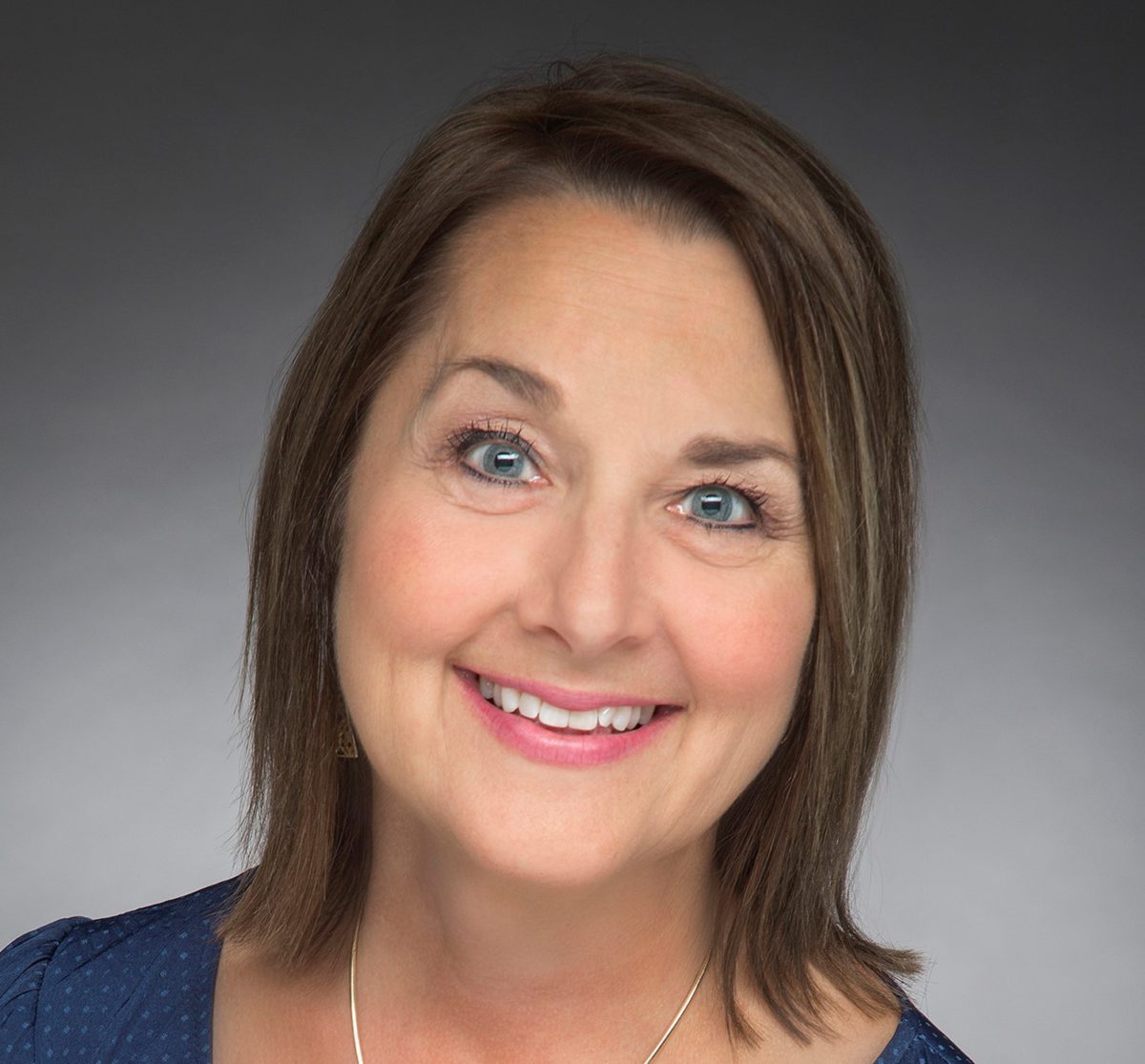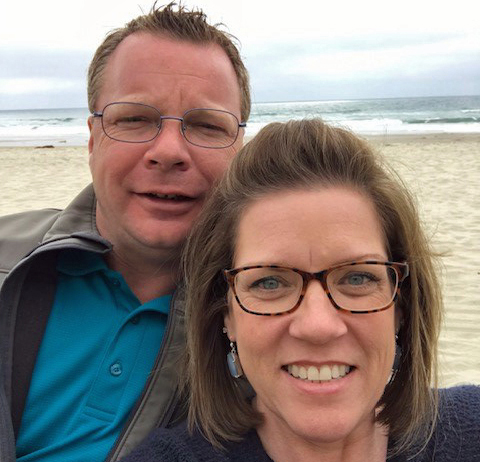Vickie Henderson is the kind of person you want to have on your team if you want to win. She’s driven. She gives it her all. And she never gives up. But seven years ago, that never-say-die attitude became a liability for her.
Vickie, who is an obstetrician/gynecologist, started noticing her eyes weren’t focusing quite right, especially when she was tired. She told her eye doctor, who kept adjusting her contact lenses, trying to compensate for the blurred vision, but it was never quite right. At home, she would go to bed early, not because she was sleepy, but because she literally could not keep her eyes open.
As it turned out, she had ocular myasthenia gravis (MG), a chronic autoimmune disease that affects the muscles that move the eyes and eyelids. It was a huge surprise, but she refused to see it as a setback. She was training for a five-day, two-hundred-fifty-seven-mile bicycle ride across the state of Missouri, and she was pushing herself. She couldn’t let up now.
“One thing I learned is, if you push MG, it pushes back,” Vickie says. “Of course I pushed it, and six weeks after my diagnosis—just days before the race—it progressed to generalized MG.”
That day of reckoning came at the worst possible time: when she was in the operating room performing a Cesarean section. The muscle weakness of MG started affecting her hands. Still, she kept pushing herself until not only was she unable to hold the instruments properly, but her legs started buckling and she had trouble breathing because her diaphragm was getting weak.
“I was a surgeon in an operating room one minute, and the next I was a patient in a wheelchair on my way to the emergency department,” she says.
Vickie was sent to a larger medical center where she could receive more advanced care. But the neuromuscular specialists at the tertiary care hospital couldn’t figure out what was wrong with her. Even though she already had a diagnosis of ocular MG, she was seronegative. This means that, like 10-20% of myasthenia patients, her bloodwork did not show acetylcholine receptor antibodies. Because this diagnostic test was negative, the doctors didn’t believe her profound muscle weakness was caused by MG.
“They pretty much accused me of faking it,” she says.
She was fifty years old and, thanks to her training for the bike trip, she was in extremely good physical shape. She could do 80 pushups and bike a hundred miles in one day. So when they tested her for strength, she crushed it. But one of the hallmarks of MG is “fatigable” weakness that sets in after you’ve been using the muscle.
“They didn’t test me for fatigable weakness,” she says. “Doctors would come in and they would have me resist, do straight leg raises, do an arm curl. But when they left the room, I couldn’t even get my fork to my mouth. And even if I could, I couldn’t chew my food, because I had weakness in my jaw. So they didn’t take me seriously.”
Talking to support group leaders from the Myasthenia Gravis Foundation of America (MGFA) was one of the things that helped Vickie find her footing again. These were the myasthenia experts she needed, because they too lived with the disease. Not only were they very knowledgeable about how she needed to take care of herself, but they believed her. They reassured her that she was not crazy.
Buoyed by this support, Vickie’s never-say-die attitude became a force in helping her to advocate for herself. She searched both locally and beyond for a doctor who would listen to her and treat her appropriately. She finally found a myasthenia doctor who believed her, but he was 1,000 miles away. This neurologist did electromyography (EMG) studies to measure the electrical activity of her muscles and, backed by the abnormal results, was able to accurately diagnose and treat her.
Now Vickie speaks out for rare disease patients everywhere, urging them not to give up until they find the care they need. She’s a powerful motivational speaker who uses stories and humor and her own experience to also urge her physician colleagues, even when they don’t understand, to trust their patients and believe their story.



